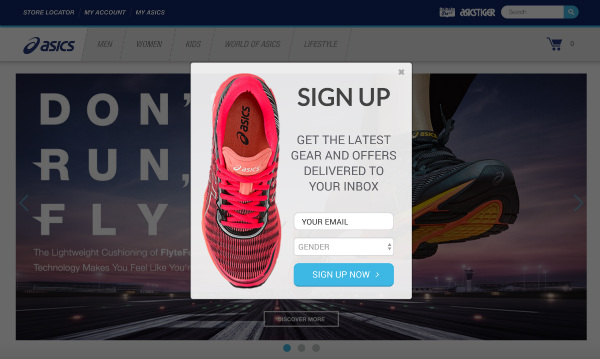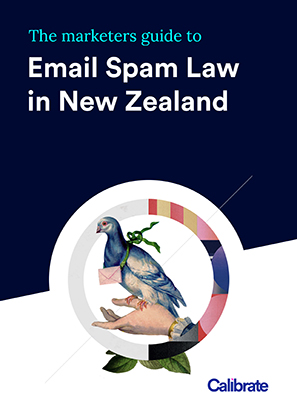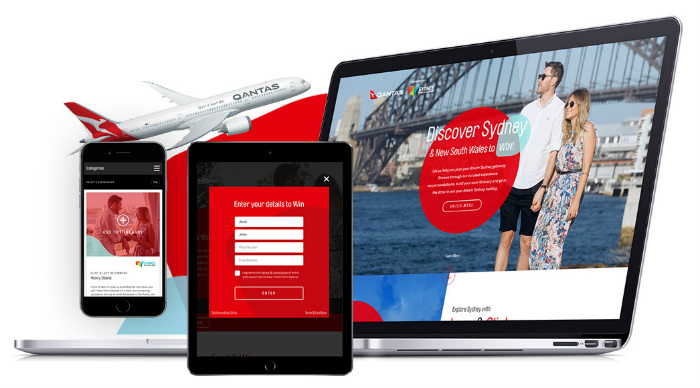All email lists degrade between 10-25% every year. And your list is no exception. As subscribers, we change our email addresses, our interests, or even the ways we consume media on a daily basis. To counter this natural churn, your mission as a marketer is to grow your email list as quickly as possible.
Here 10 ways that can help you to grow your email list.
1. Create awesome email content
We put this at the top for a good reason. There’s no point in wasting your energy or budget growing an email list if your content isn’t going to do a good job of engaging and converting your subscribers. Make this your top priority and not only will your email list become more valuable, but you’ll be in a much better position to organically acquire new subscribers through social sharing and forwarded emails. As with all content marketing, try to put yourself in your subscribers’ shoes and really focus on crafting content which they will genuinely want to read.
Tip: Make it easy for your readers to share your emails. Add social sharing buttons to your template. Also don’t forget a link at the top of the template directing non-subscribers who may have been forwarded your email to sign up for themselves.
2. Use Popovers
A popover is a prompt which appears while a user is browsing a website to promote a conversion action, for example email signups. Adding an entrance or exit-intent popover to relevant pages of your website can increase signups by at least 2.5% (industry average). It’s important to make sure your popovers are configured so as not to disrupt a user with intent to convert, so be sure to use appropriate targeting and make sure your offer is clear and compelling.

Tip: Have a clear call to action linked to an appealing offer. Offering a discount can be an effective strategy for ecommerce websites as it motivates new users to make a purchase. A/B test the colour, copy, offer, placement and timing of your popovers to optimise your conversion rates.
3. Blog
Blogging can be a very effective way to attract new visitors to your website and can also provide valuable content for your email marketing program. Make sure your blog contains at least one prominent subscription or lead form, either at the bottom of your articles, midway through the content or as a popover.
When it comes to planning, creating and promoting blog content, it’s really important to fully understand your audience, and how they consume and engage with media. By meeting their needs, you’ll attract more visitors and convert them into subscribers more easily.
Tip: Write good quality blog articles and encourage readers to subscribe to your blog by asking for their email address in exchange for sending them new blog posts weekly or monthly. Make it easy for them to subscribe by including a one-step form on your blog.
4. Content offers
Create useful and insightful gated content offers (sometimes known as ‘lead magnets’) such as free eBooks, whitepapers, interactive tools or templates and offer these in exchange for an email address.

Tip: Use a popover or form with a clear call to action to advertise your offers. Promote your content offers in relevant channels such as Linkedin or Facebook.
5. Calls to Action
Add call-to-action (CTAs) buttons to different pages of your website, social media channels, and ads, and link them to offers that capture email signups. CTAs help you generate traffic to your offers and get them in front of your potential subscribers. Some of the key pages to consider are your website’s homepage, blog posts, your ‘About Us’, and ‘Contact Us’ pages, and Facebook business page.
Tip: A/B test different variables of your call to action buttons (colour, copy, etc) to establish the effectiveness of different designs and text in your CTAs.
6. Sweepstakes
A sweepstake is a promotional format where a prize is given away to a participant chosen from a pool of entries at random. To maximise the number of qualified leads you should offer a prize that interests your audience and aligns with your offering. Offer bonus entries or additional prizes in exchange of referrals and guarantee bonus incentives for non winners.

Tip: Use email marketing to nurture your new subscribers and introduce them your brand or product. It’s important to let your future readers know what they can expect by signing up to your emails, how frequently you’ll send them and to reassure them that you won’t send spam or share their email addresses with others. Take a look at the 5 things you should be doing to comply with email spam law in New Zealand.
7. Skill based contests
Contest and giveaways are similar methods of acquiring new email addresses in exchange for a prize, but the difference is that contests choose a winner based on on some criteria such as best photo or story. Successful contests can increase audience engagement and brand awareness, and can be a great source of user-generated content assets for your future campaigns.
Tip: When planning a contest, make sure your prizes are relevant to your business and your audience needs, state clear terms and conditions, and define your goals in advance.
8. Social Lead Ads
Many of our clients have success growing their email lists by using lead ads in Facebook. This format allows advertisers to capture new leads and subscribers using an embedded form which pre-populates using data from the Facebook profile. Facebook has also recently rolled out the lead ad format through Instagram.
Tip: Add social sharing buttons to your landing and thank-you pages to encourage further sharing.
9. Paid search ads
Link your ads to a landing page with an email sign-up form. Design your landing pages to offer clear benefits, use multiple calls-to-action, and avoid distractions.
10. Offline events
Collect email addresses at offline events like trade shows or exhibitions. Make sure you follow up with these contacts, for example, by sending them a welcome email which confirms their opt-in to your list.
Tip: Setup a subscription form on a tablet or kiosk to make it easy for people to subscribe at events. Where possible, have these sync with your email list in real-time and send a targeted welcome email thanking them for visiting you at the event.


